Dominican Republic Travel: Things to Do Beyond the Resorts
From a homestay in a small coastal town to birding on remote cays and holing up in a cloud-forest cabin, discover a side to the Dominican Republic few know exists.
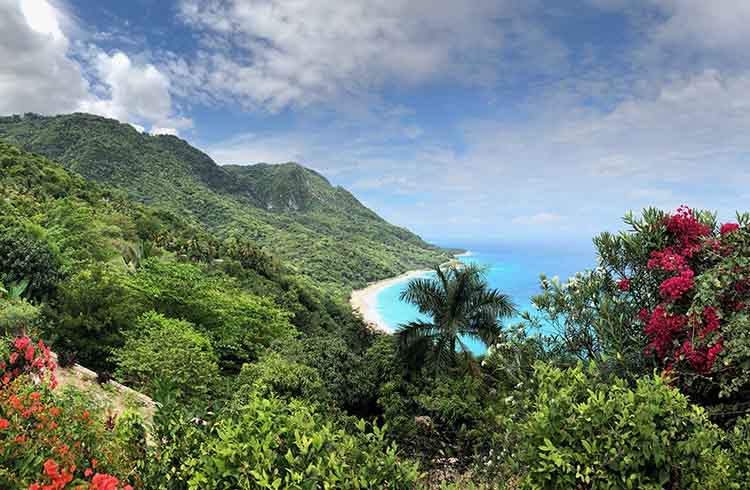 Photo © Getty Images / Fernando Bandini
Photo © Getty Images / Fernando Bandini
- A rural adventure in Barahona
- Offshore escape to a wildlife refuge
- Overnight in Valle Nuevo’s cloud forest
- Trip notes
When I was writing a guide book on the Dominican Republic, located between Cuba and Puerto Rico in the Greater Antilles, I traveled around the country for a year. My mission was to unearth immersive experiences, away from the DR’s resort towns. Over the months that followed, exploring the country south to north and center, I stumbled on a world of locally run accommodations, community tours, and breathtaking island scenery.
A rural adventure in Barahona
My explorations lead me to Cooperativa para el Desarollo de la Ciénaga in the southwestern province of Barahona. Aurelino, the cooperative’s tour guide, gives me specific instructions to reach their community center: catch a Caribe Tours bus from Santo Domingo to Barahona town, then transfer to a guagua, or local bus. I’m to tell the driver to drop me off “donde la cooperativa de La Ciénaga,” another hour east.
The first three-hour ride takes me into the campo, or countryside, past vast plantain fields and roadside fruit vendors, until we enter bustling Barahona. The second chicken-bus ride takes my breath away as it winds down a narrow, coastal highway flanked by green hills and an iridescent blue sea.
Aurelino and two of the cooperative’s women – including my host for the night, Dona Paulina, and her daughter – welcome me off the bus.
“The house isn’t far, we can walk there,” Paulina’s daughter says. We descend a small hill into a neighborhood. I spot a yard filled with white plastic chairs and children running around screaming, balloons in hand.
“It’s my goddaughter’s birthday. We’ll stop by for a few minutes,” says Dona Paulina.
Directly across is her single-story house, where I leave my bags. At the birthday bash, Latin tunes blast while the kids show off their moves. Strangers kiss me hello on the cheek, and I’m handed a plate of food. I don’t understand their rapid-fire Dominican Spanish, but I feel as welcome as a neighbor.
At sunset, La Ciénaga’s tiny waterfront fills with residents. Fishermen canoes are parked on the beach, and families swim or play basketball. Aurelino takes me on a quick boat ride along La Ciénaga’s scenic coastline under an orange sky.
The next morning, over breakfast, Dona Paulina and I talk about the cooperative life, and the sustainable income they’ve generated for the community from the restaurant, homestays, a marmalade-making venture, and selling adventure tours.
At 9am, Aurelino picks me up to begin our adventure to Balneario La Plaza – a three-hour hike along the Bahoruco River. A bumpy safari truck takes us into a thick, humid forest to the river entry point. I can’t take my eyes off the water: it’s a crystalline turquoise more striking than the Caribbean Sea. Climbing over rocks, and cooling in fresh water pools, we eventually reach a massive canyon. I gasp looking at a secluded turquoise pool a few feet below. Aurelino smiles ear to ear and leaps into the water, screaming: “¡Paraíso!” Paradise!
Offshore escape to a wildlife refuge
My journey continues to the DR’s northwestern edge – past cactus-lined roads, salt ponds, and goats grazing off the highway. I know I’ve reached Monte Cristi when I spot El Morro – the town’s 700ft (213m) limestone mesa overlooking the Atlantic Ocean. Locals flock there at sunset for its golden, sand-and-pebble beach at the base of the mesa. I do the same, before I make way back to the waterfront area where roadside bars blast music and serve cold beer, while kids swim off the dock.
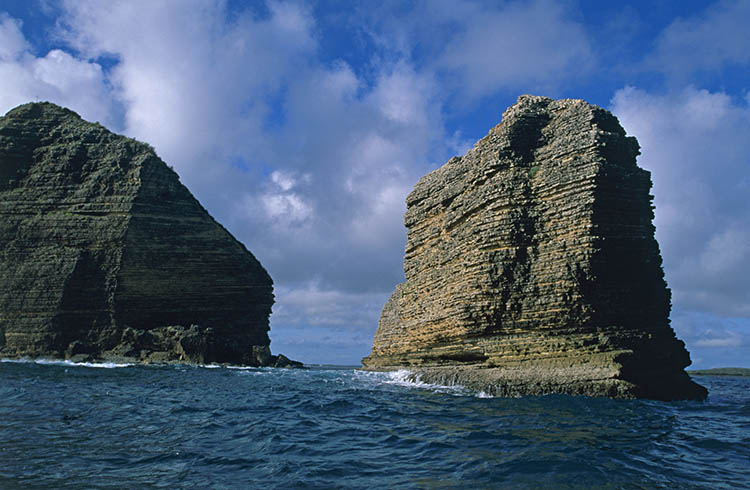
In the morning, Soraya y Santo Tours, a husband-and-wife team native to Monte Cristi, take me on a boat trip to the Cayos Siete Hermanos (Seven Brother Cays), 1.5 hours off the shores of Monte Cristi, near the border with Haiti.
As the boat captain explains, shouting over the motor, the major draw is Cayo Tuna. Every year from June to August, migratory birds nest in this wildlife refuge area – three species of seabirds known as the Brown Noddy, Sooty Tern, and Least Tern.
Anchored off Cayo Tuna, wading onto shore, my ears fill with piercing sounds. Thousands upon thousands of birds are perched on leafy bushes covering most of the isle – my sole companions on this deserted, white sand circle in the middle of the Atlantic.
Overnight in Valle Nuevo’s cloud forest
Warming up by my cabin chimney, I chuckle that I’m experiencing cold weather in the Caribbean. I’m at Villa Pajón, a Dominican family-owned lodge tucked inside Valle Nuevo National Park.
Perched on a plateau at 7,000ft (2,130m), near the center of the DR, and surrounded by dense pine forests, the warmest daytime temperatures hover at 70°F (21°C). Evenings drop into the 50s and can reach below freezing in December. For naturalists, Valle Nuevo is a paradise of plants and wildlife, including more than 70 bird species.
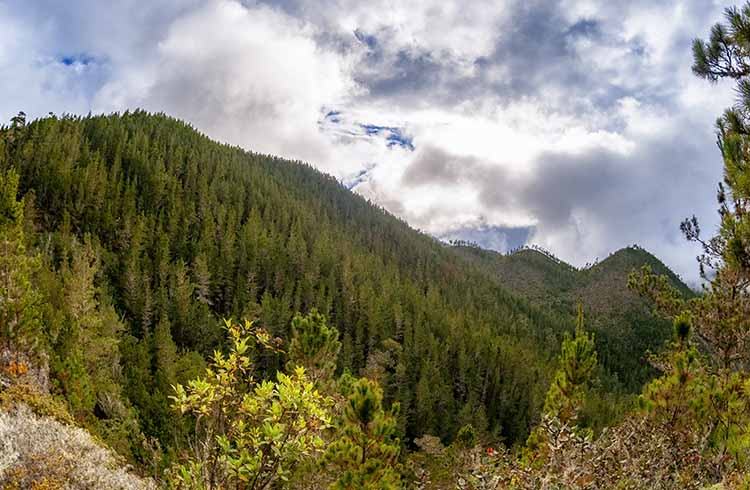
I spend the day hiking with Seïor Guzmán, whose family has owned this property for generations. A short trail behind the lodge leads us through a maze of giant criollo pine trees, ferns, and bromeliads in a cloud forest. I feel transported into another universe, when my host tells me to stop.
“You hear that alarm-sound? It’s the jilguero.” The Rufous-throated Solitaire, a tropical bird native to the region.
A bowl of fresh sancocho – a hearty meat-and-root-vegetable stew – warms us up over lunch at the lodge. Walking back to my cabin for a nap by the chimney, I realize that I’ve succeeded – I had found the Dominican Republic I want others to see.
Trip notes
Getting there
Fly into Santo Domingo, Puerto Plata, or Santiago international airports to make your way to Barahona, Monte Cristi, and Valle Nuevo, respectively. Major car rental offices are available on site; highways are modern and well indicated, but watch for speeding drivers. Regional bus service is available on Caribe Tours to Barahona and Monte Cristi, with scheduled daily departures listed online. Valle Nuevo in Constanza requires a four-wheel drive.
Related articles
Simple and flexible travel insurance
You can buy at home or while traveling, and claim online from anywhere in the world. With 150+ adventure activities covered and 24/7 emergency assistance.
Get a quote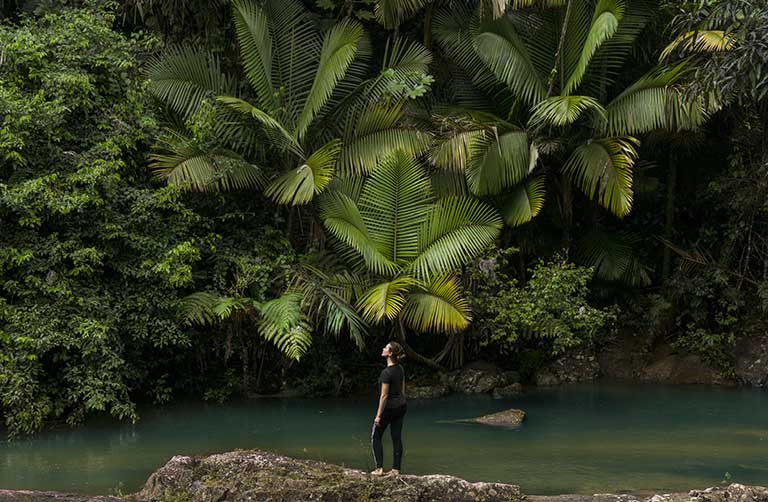
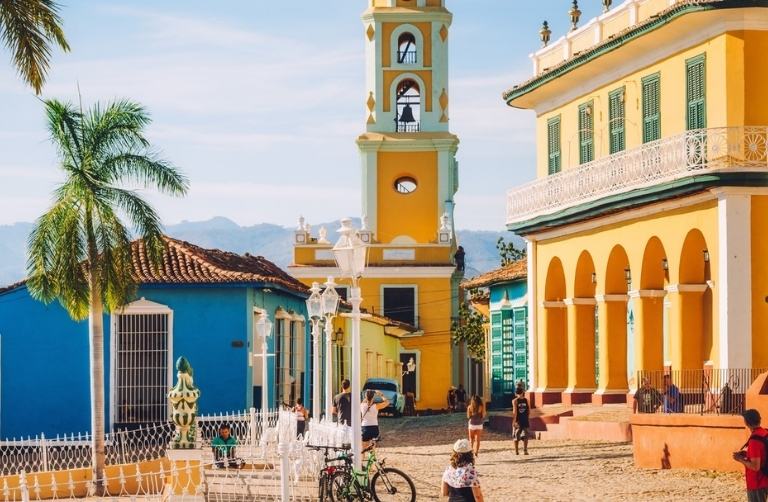
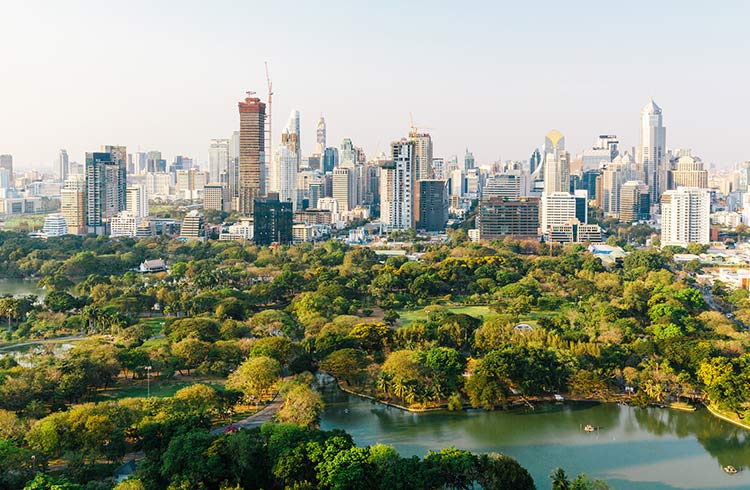
No Comments